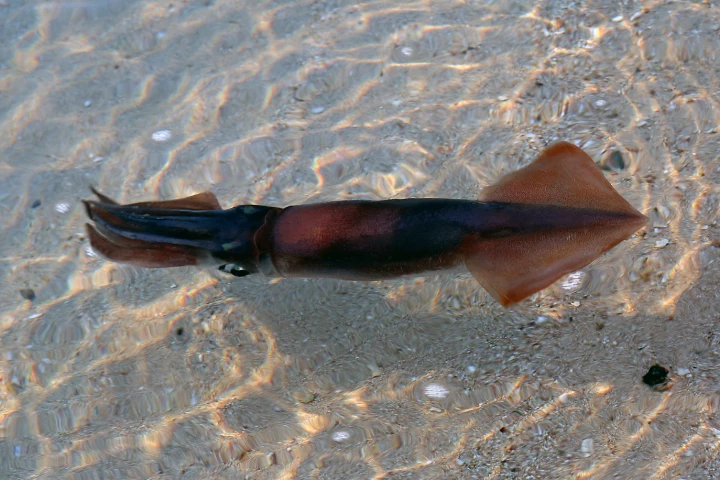Invisibility
-
If you've ever wished that you could turn invisible, here's your chance. A consumer "invisibility shield" has just hit Kickstarter, and it could be yours for as little as £54 (about US$68).
-
Of all the superpowers in the animal kingdom, the squid’s ability to turn invisible is one of the coolest. And now scientists at UC Irvine have managed to recreate that in human cells for the first time, granting them tuneable transparency.
-
Researchers from TU Wien have developed a new process that allows light waves to pass right through a material by projecting a matching wave pattern onto it, actively camouflaging the target from view. The technique could be used as an invisibility cloak, and it might also work on sound waves.
-
Engineers at Iowa State University may have gotten one step closer to the ability to make objects invisible with the development of what they are calling a flexible, stretchable and tunable meta-skin that can suppress radar detection.
-
Scientists at UC Berkeley have developed a foldable, incredibly thin invisibility cloak that can wrap around microscopic objects of any shape and make them undetectable in the visible spectrum.
-
A new invisibility cloak developed at the Karlsruhe Institute of Technology (KIT) is reportedly able to hide cylindrical objects up to one inch in diameter, while relying only on common materials like polymers and acrylic paint.
-
Two scientists at the University of Rochester have taken invisibility cloaking back to basics. Their novel arrangement of four standard, off-the-shelf lenses keeps an object hidden (and the background undisturbed) as the viewer moves up to several degrees away from the optimal viewing angle.
-
Scientists at Karlsruhe Institute of Technology have developed a method of concealing objects from the sensation of touch that would finally meet the exacting standards of Hans Christian Andersen's fairy tale princess, who felt a single pea prodding her beneath 20 mattresses and 20 feather beds.
-
Engineers from Duke University have used metamaterials to create an acoustic cloak that makes it appear as if sound waves directed at it were being reflected off a flat surface, regardless of the direction the sound originated from or where the observer was located.
-
Sometimes everything happens at once. The new game in town is active invisibility cloaks (AIC), which use electronics and antennas to hide an object over a broad range of frequencies. They come with a set of strengths and limitations.
-
It's often a case of swings and roundabouts. If you save money by buying a house out of town, you spend more time and money commuting. According to a new analysis, the better an object is hidden by an invisibility cloak at one color of light, the easier it is to see at other colors.
-
A Stanford breakthrough in optical metamaterials could enable fabrication of a wide-spectrum invisibility cloak.
Load More











